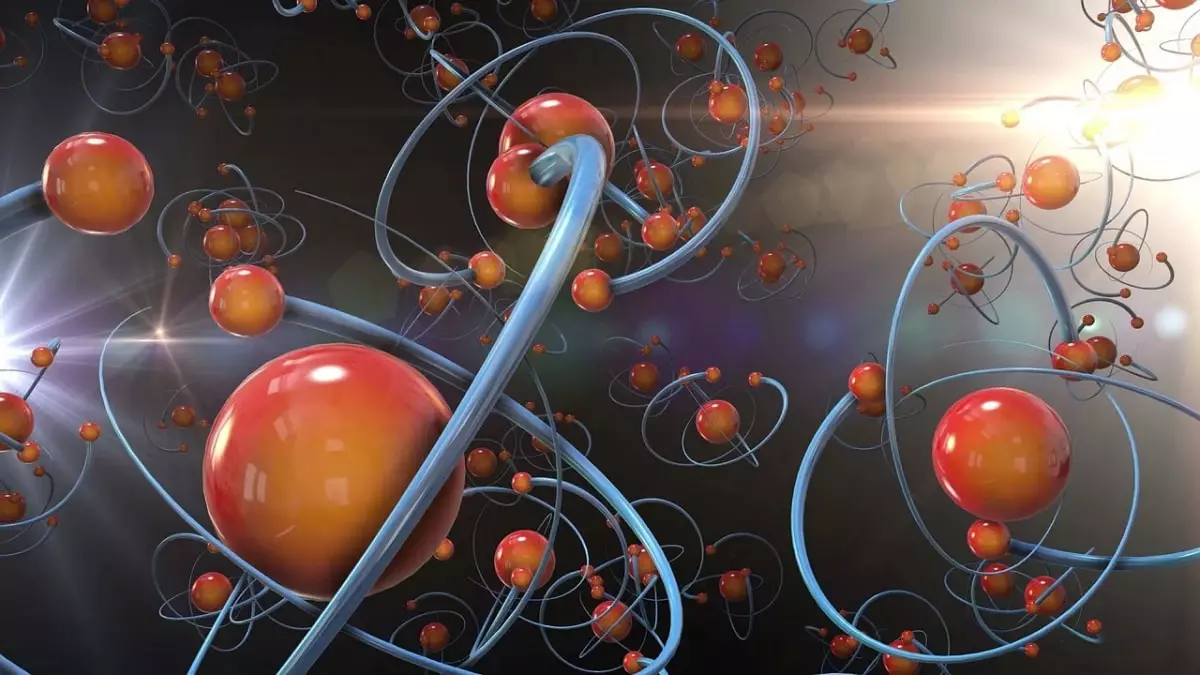As humanity continuously expands its knowledge about the universe, the discovery of organic molecules, known as the fundamental components of life, ignites curiosity and optimism regarding the existence of extraterrestrial life. The extensive investigations conducted by missions such as the European Space Agency’s Rosetta and NASA’s Osiris-Rex have unearthed a treasure trove of information highlighting the prevalence of these organic compounds throughout the cosmos. This growing body of research not only enhances our understanding of life’s origins on Earth but also hints at the potential for life beyond our planet.
Recent studies illuminating the presence of organic molecules link them to various celestial entities such as comets, asteroids, and interstellar clouds. The Rosetta mission, which visited comet 67P/Churyumov-Gerasimenko, offered unprecedented insights by identifying 44 different organic molecules, notably glycine—a fundamental precursor to proteins. Additionally, other noted compounds, like dimethyl sulfide, suggest a biological connection to Earth. Such findings imply that the building blocks of life could have been widely available in space eons before the formation of terrestrial planets.
Asteroids too play a crucial role in this narrative, acting as ancient repositories of organic materials. Noteworthy missions like Japan’s Hayabusa2 and NASA’s Osiris-Rex have analyzed samples from asteroids Ryugu and Bennu, revealing an impressive array of organic compounds. According to Philippe Schmitt-Kopplin from the Technical University of Munich, the results underscore the notion that “everything possible from which life could emerge” resides within the cosmos, further supporting the assertion that life’s precursors were prevalent even during the early solar system’s formation.
The creation of organic compounds occurs through two primary mechanisms: combustion-like reactions in dying stars and the interactions happening on icy dust grains within molecular clouds. In the latter process, radiation from nearby stars and cosmic rays catalyze reactions that synthesize molecules like methanol on these icy surfaces. Remarkably, research has demonstrated that glycine can emerge from these interactions, highlighting a significant level of molecular complexity that existed long before the birth of individual star systems.
Protoplanetary disks, the vast swirling regions where stars and planets are born, serve as another focal point for organic chemistry. Observations from powerful radio telescopes like the Atacama Large Millimeter Array (ALMA) have identified a variety of organic molecules, including methanol, within these disks, indicating their environments’ chemical richness. Advanced computational models suggest that these organic compounds may withstand the tumultuous phases of planetary development, evolving chemically to foster conditions conducive to life.
Astrobiological Implications: Searching for Life Beyond Earth
The prevalence of complex organic molecules carries significant implications for astrobiology, particularly in the quest for extraterrestrial life. These substances may act as potential biosignatures, offering strong indicators of life in environments beyond Earth. Upcoming missions, such as NASA’s Dragonfly mission to Saturn’s moon Titan, are poised to examine such organic compounds in environments that could support life, particularly within Titan’s intriguing hydrocarbon lakes and its dense atmosphere.
The universality of organic chemistry enhances our understanding that the building blocks of life are not confined to our planet. This realization inspires hope that myriad forms of life, advanced or primitive, may exist elsewhere in the universe, waiting to be discovered.
In essence, the quest to comprehend the origins of life on Earth—and potentially beyond—remains a captivating pursuit bridging various scientific disciplines including chemistry, astrophysics, and biology. The profound revelations emerging from explorations of organic substances across celestial landscapes encourage a reconsideration of life’s unique characteristics and lead us to a hope-filled contemplation of our place in the universe. As we advance our explorations further into the cosmos, the prospect of discovering life, in its myriad forms, becomes ever more tantalizing, reshaping our understanding of what it means to be alive.

